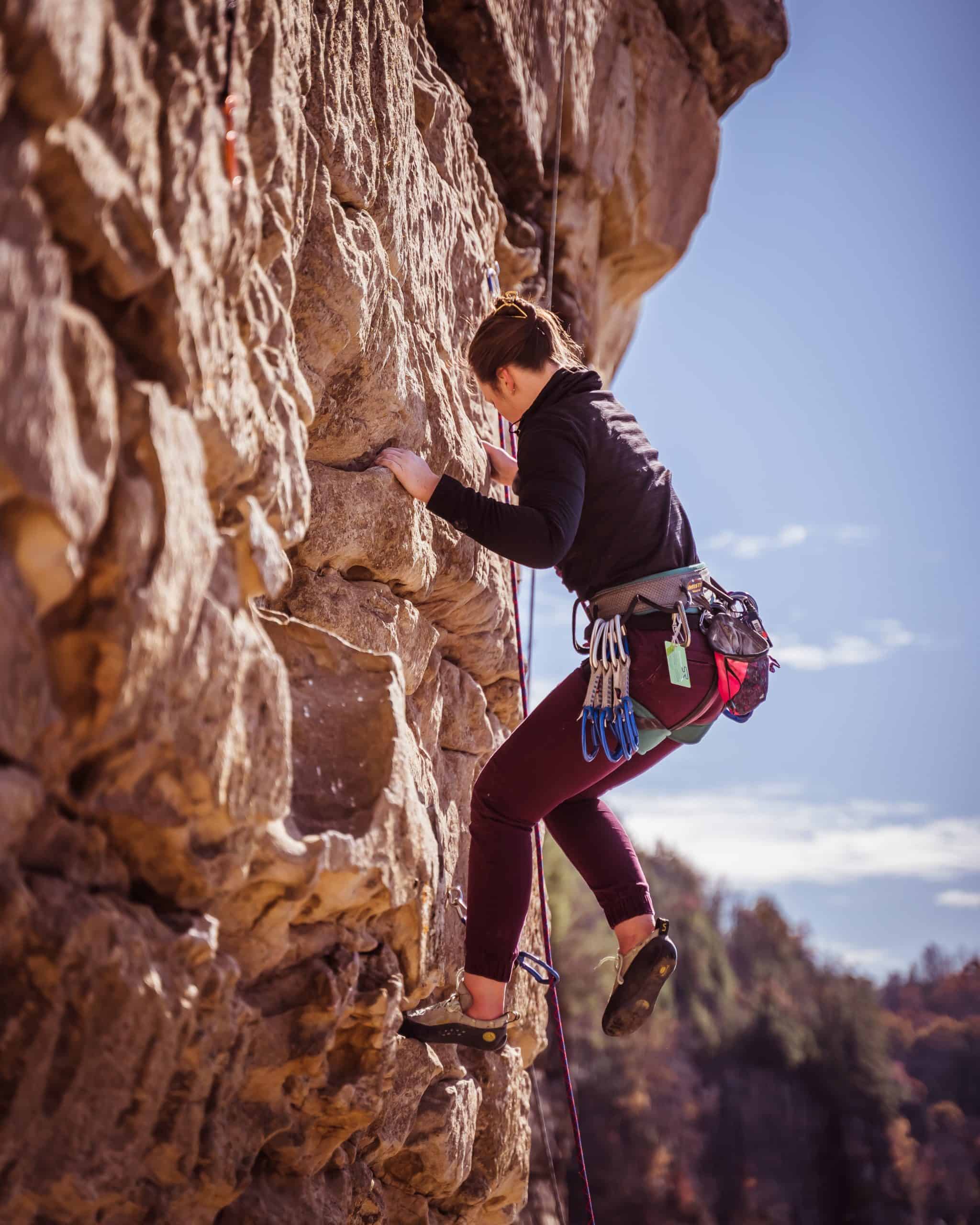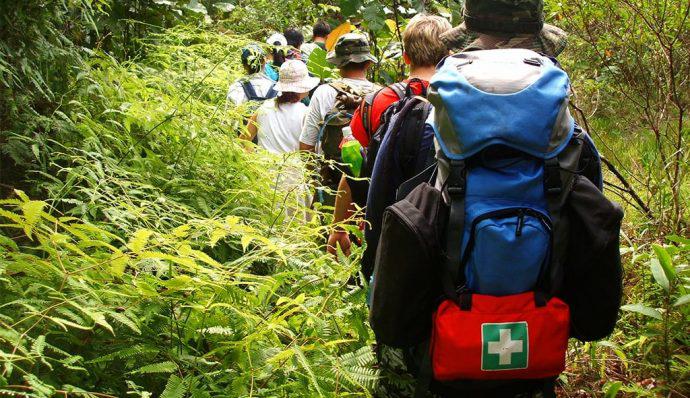Climbing is rapidly becoming one of the most popular sports in the country, with over nine million participants and counting. However, as the number of climbers increases, so does the incidence of overuse injuries. Preventing injuries is far more beneficial than dealing with their painful consequences. Here are five essential tips to help you climb injury-free.
- Develop a Daily Prevention Program:
Incorporate Static Stretches
Climbing’s repetitive nature can lead to overdeveloped and tight muscles. This tightness can strain tendons and increase resistance to movement, making it harder to reach holds. Incorporating static stretches into your daily routine can help lengthen your muscles and enhance flexibility. Hold each stretch for up to 30 seconds, focusing on your hips, shoulders, wrists, and fingers.
Perform Antagonist Exercises
Antagonist muscles are those that work opposite to the muscles primarily used in climbing. Weak antagonist muscles can increase the risk of overuse injuries. Strengthening these muscles daily helps balance your body and reduce injury risk. Exercises like rowing, triceps presses, and wrist and finger extensions are effective for developing antagonist muscles.
- Warm Up Properly:
Engage in Dynamic Stretches Before Climbing
Dynamic stretching is the most effective way to prepare your muscles before climbing. This involves moving muscles through their full range of motion for 2-3 seconds and then returning to the starting position. A ten-minute dynamic warm-up routine can significantly increase blood flow to your muscles, tendons, and joints, helping prevent injuries.

- Train Like You Climb:
Practice Mirror Movement
Many traditional training exercises don’t mimic the body’s position while climbing and therefore may not translate into climbing improvements. For training to be effective, exercises should reflect the body positions used during climbing. This approach ensures more meaningful results and better performance on the wall.
- Be Mindful of Your Movement:
Learn Correct Climbing Techniques
Proper technique is crucial for injury prevention. Key points to remember include:
- Maintaining good posture
- Keeping your hips close to the wall
- Straightening your arms
- Using your feet to push
- Moving in a way that mimics crawling
Mastering these techniques can help reduce strain on your body and improve your climbing efficiency.
- Listen to Your Body:
Allow Adequate Recovery Time
Pay attention to any signs of soreness or discomfort in your body. Rest and allow sufficient time for recovery, as many climbers need at least 48 hours to recover from intense workouts. If you experience fatigue or minor pain, don’t push through it. Taking time to rest and rehabilitate is essential for long-term climbing success and injury prevention.
By following these five tips, you can enjoy climbing while minimizing the risk of injuries. Prioritizing prevention, proper warm-ups, targeted training, mindful techniques, and adequate recovery will help you climb safely and effectively.










